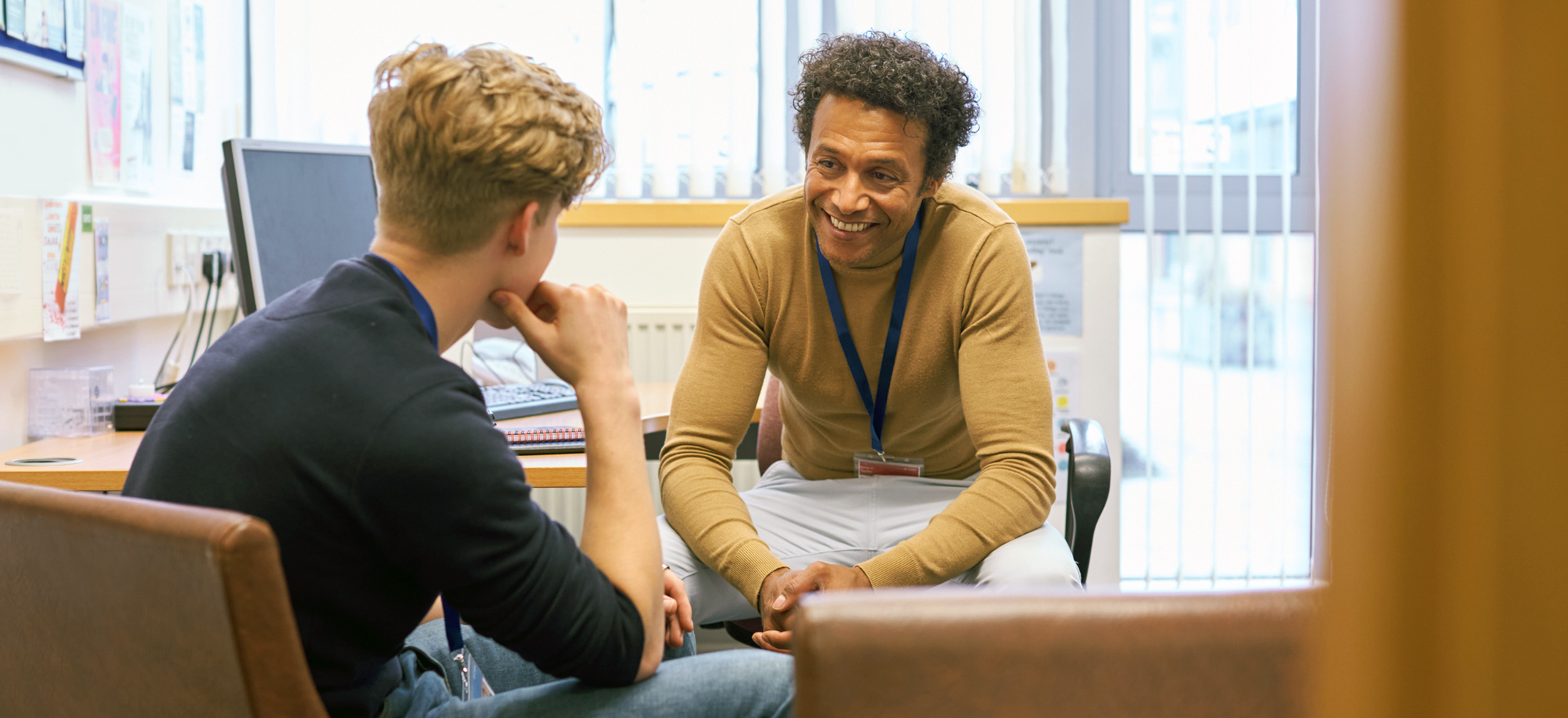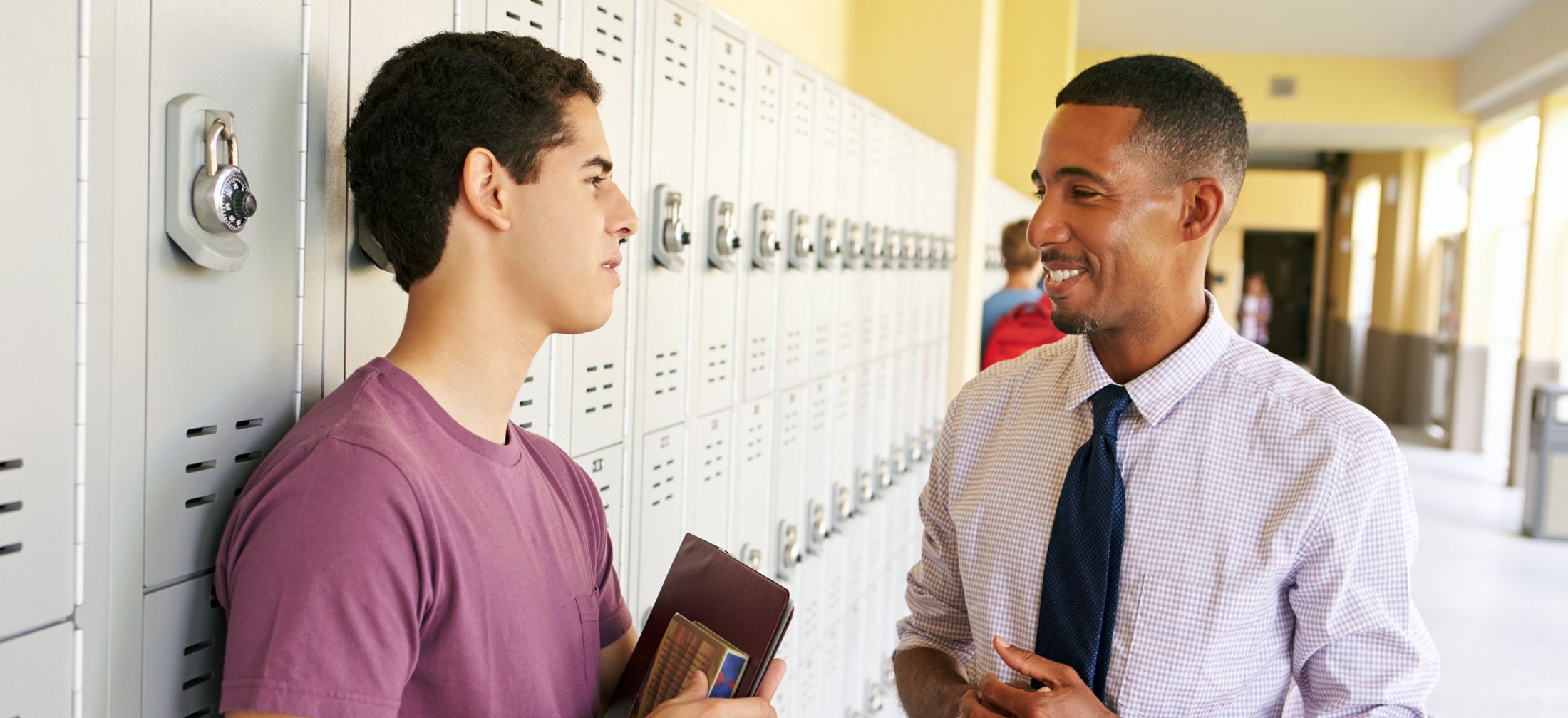
As we continue to adjust to new learning and teaching parameters in the wake of COVID-19, the mental health of students should be of major concern to education communities and the families they serve.
Research has shown that students who are experiencing extra anxiety or stress (from, say, having their worlds and routines turned upside-down!) are less likely to be able to effectively process information. This makes ensuring strong mental health vital to any remote learning plan. In the most recent school district needs assessment conducted in my home state of Colorado, social-emotional learning was the most commonly identified area of needed support, which shows just how important mental health is at the moment.
As a middle school counselor at a K–8 facility with approximately 700 students from diverse backgrounds, my role has changed significantly since our school building was closed and remote learning went into effect. Typically, my duties involve teaching students how to solve social problems, deal with bullying, manage stress, and get on the right academic track for the college or career they want. A lot of these duties remain in place, but how they are administered and prioritized has changed dramatically. In a normal year, for example, I would be working more on college and career readiness than I am now—it just does not seem as pressing of a need as usual.
While reprioritizing my duties has been difficult at times, the biggest challenge I now face is maintaining meaningful contact with my students. I continue to meet with students individually, facilitate small groups, and join classroom discussions. However, some inherent problems arise when trying to counsel students via video chat. Students do not speak as openly as they would in person, and the energy you get in classroom discussions decreases significantly when students can turn off their cameras and mute themselves. It is also much more difficult for students to confide in me from a full house. Parents and siblings can often hear conversations, which means students probably are not sharing as much as they would in the privacy of my office.
Students with problematic home lives often view school as a safe space where they can benefit from strong connections and stability. For this reason, I encourage teachers to make their virtual classrooms a place to foster connections first and learning second. This is because, without the first, the second is impossible. If a student misses a virtual meeting, for example, it is important to let them know that they were missed and that you are worried about them, rather than asking them why they have not completed the work.
The ways in which I work with high-achieving students has also changed. Some students who rarely visited my office during our time in the building have been reaching out to me regularly during remote learning. Many high-performing students did not seek me out in the past for fear of missing class. Now, however, they can contact me in real time via Google Hangouts to discuss stress and time management strategies while they are completing their online assignments.
Eighth-graders in particular are feeling the effects of remote learning as they prepare to transition to high school next year. To make up for this, we have turned to virtual solutions like having their principals-to-be take part in an online Q&A. We have also found various apps that simulate simple things like using a combination lock, which is a big deal to kids who have never had a locker before!
The unique learning environment we are in now has also provided opportunities to foster connections with students and parents in different ways. A virtual home room I host, for example, now includes weekly show-and-tell exercises that give students the unique opportunity to share something in their homes that they would not be able to bring to school. I have met many hamsters, guinea pigs, and dogs that are happy to share the screen with their young owners. Our most recent teacher–parent conference on mental health was held through a virtual platform as well. We found that the ease of “showing up” virtually increased attendance, and we may consider offering an online version of our parent training when things return to normal.
When we do return to our school buildings, it will be important to keep in mind that reintegrating students into in-person learning will present new challenges. Some students will feel worried about the future or concerned that things might change quickly again. Other students will become frustrated with the rigidity of a structured school day after experiencing so much flexibility in their homes. On top of that, relationships and boundaries of behavior will need to be reestablished as we all ease back into in-person learning.
In some ways, the current crisis has forced me to throw out all of my go-to resources—interventions, lessons, and techniques—and start from scratch. Change can be a demanding experience, but it also reminds us that there is always room to grow. When I return to in-person learning, I will have a whole new way of approaching school counseling. I am very much looking forward to that.



